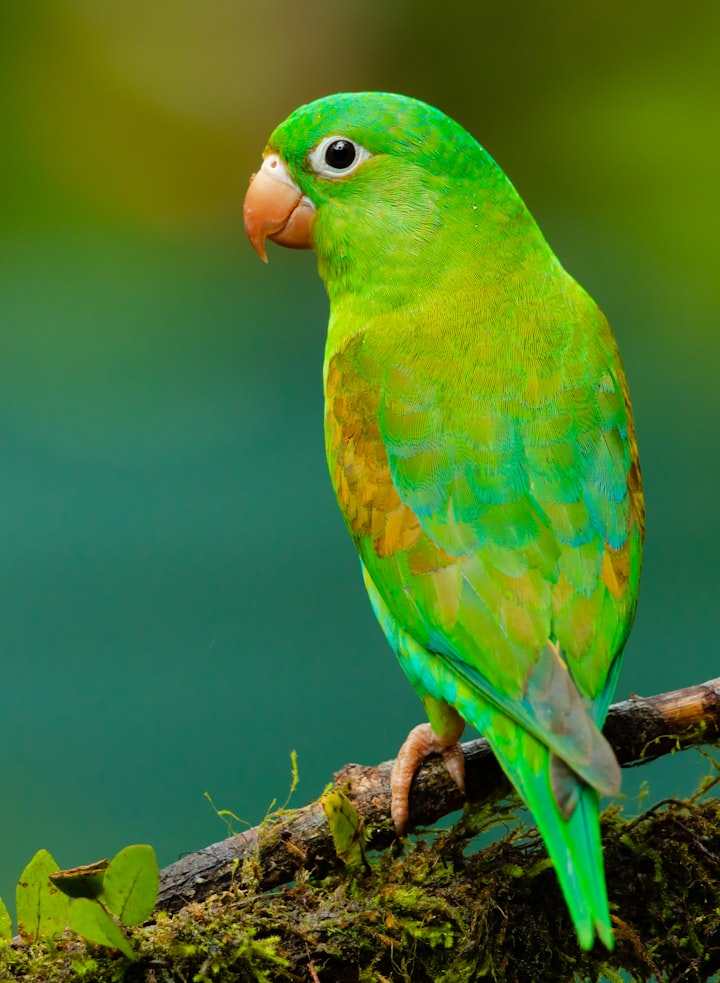
Tasmanian devil
The Tasmanian devil (Sarcophilus harrisii) is a carnivorous marsupial native to the Australian island state of Tasmania. The animal has a reputation for being fierce and aggressive, but it is also known for its unique physical features and important role in the ecosystem.
Appearance and Behavior
Tasmanian devils are small, stocky animals with black fur and white markings on their chest. They have a distinctive, high-pitched scream and are known for their powerful jaws and teeth, which allow them to crush and consume bones. They are also excellent scavengers and will eat almost anything, including carrion, insects, birds, and small mammals.
Despite their reputation for aggression, Tasmanian devils are actually shy and solitary animals. They are most active at night and spend much of their time hunting or scavenging for food. During the day, they rest in dens or burrows, which they dig themselves or take over from other animals.
Threats and Conservation
The Tasmanian devil is a threatened species due to several factors, the most significant of which is the highly contagious facial tumor disease, DFTD, which has decimated the population in some areas. This disease is transmitted through direct contact between individuals, such as biting during mating or fighting. The tumors grow on the face and neck, which can make it difficult for the animal to eat, leading to malnourishment and death. In addition to DFTD, the Tasmanian devil also faces other threats such as habitat loss, road accidents, and hunting by humans.
Efforts to conserve the Tasmanian devil include captive breeding programs and the establishment of disease-free populations on islands off the coast of Tasmania. The captive breeding program involves breeding Tasmanian devils in captivity and releasing them into the wild to boost the population. The disease-free populations are established on islands that are isolated from the mainland population to prevent the spread of DFTD. Research is also being conducted into the disease itself, with the aim of finding a cure or vaccine.
Conservation efforts are further supported by public awareness campaigns that promote the importance of conserving this iconic species. By educating the public about the threats faced by the Tasmanian devil and the importance of conserving biodiversity, it is hoped that people will take an active role in protecting this unique and important species.
Regenerate response
Ecological Importance
The Tasmanian devil plays an important ecological role in the ecosystem of Tasmania as both a predator and a scavenger. As a predator, it helps to control the populations of other animals, such as wallabies and possums, preventing overgrazing and habitat destruction. This, in turn, helps to maintain the balance of the ecosystem and promotes the growth of healthy vegetation. As a scavenger, the Tasmanian devil helps to clean up carrion and other organic matter, which prevents the spread of disease and reduces the risk of fire.
Furthermore, the Tasmanian devil's digging behavior creates burrows and other habitats for other animals, such as reptiles and insects. These burrows provide shelter and protection for smaller animals, and the creation of new habitats helps to promote biodiversity. Therefore, the Tasmanian devil is an important contributor to the health and well-being of the ecosystem in Tasmania, highlighting the need to protect and conserve this species and its habitat.
Conclusion
In conclusion, the Tasmanian devil is a fascinating and iconic animal species native to Tasmania, known for its unique physical features and important ecological role as a scavenger and predator. Despite facing significant threats to its survival, including the contagious facial tumor disease DFTD, conservation efforts are underway to protect and conserve this species. The Tasmanian devil serves as an important reminder of the need to protect and preserve biodiversity and the delicate balance of ecosystems.






Comments
There are no comments for this story
Be the first to respond and start the conversation.